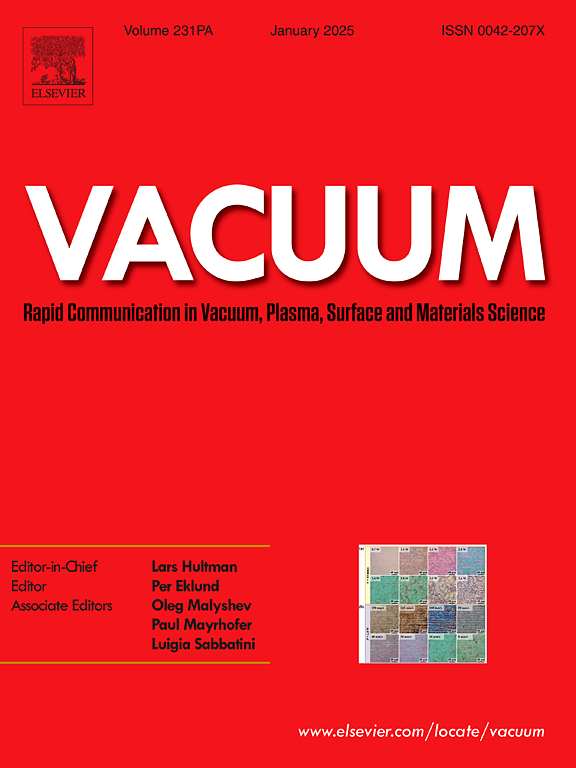Investigating the role of shot peening pressure on microstructure, grain structure, and hydrogen embrittlement of age-hardened copper alloy
IF 3.9
2区 材料科学
Q2 MATERIALS SCIENCE, MULTIDISCIPLINARY
引用次数: 0
Abstract
This paper explores the effect of shot peening pressure (0.2, 0.5, and 0.8 MPa) on grain structure, hardness, and hydrogen embrittlement of age-hardened copper alloy. The micro-sized and nano-sized precipitates were observed in age-hardened alloy. The shot-peened surfaces showed higher hardness and refined grain structure than untreated surfaces. By increasing the peening pressure, the hardness increased while the grain size decreased. The maximum hardness values were 302, 311, and 325 HV after shot peening pressures of 0.2, 0.5, and 0.8 MPa, respectively. Also, the average grain sizes were 33, 25, and 18 μm, respectively. In addition, the elongation of shot-peened alloys increased versus peening pressure. The elongation values increased from 18.5 % after the shot peening pressure of 0.2 MPa–23.5 % after the shot peening pressure of 0.8 MPa, respectively. In the presence of hydrogen, the fraction of brittle fracture decreased at higher peening pressure.
研究了喷丸强化压力对时效硬化铜合金组织、组织和氢脆的影响
研究了喷丸强化压力(0.2、0.5和0.8 MPa)对时效硬化铜合金晶粒组织、硬度和氢脆的影响。时效硬化合金中存在微相和纳米相。喷丸处理后的表面硬度和晶粒组织均高于未处理的表面。随着强化压力的增大,硬度增大,晶粒尺寸减小。喷丸强化压力为0.2、0.5和0.8 MPa时,最大硬度值分别为302、311和325 HV。平均晶粒尺寸分别为33 μm、25 μm和18 μm。此外,喷丸合金的延伸率随喷丸压力的增大而增大。延伸率从0.2 MPa喷丸压力下的18.5%提高到0.8 MPa喷丸压力下的23.5%。在氢存在的情况下,随着强化压力的增加,脆性断裂的比例降低。
本文章由计算机程序翻译,如有差异,请以英文原文为准。
求助全文
约1分钟内获得全文
求助全文
来源期刊

Vacuum
工程技术-材料科学:综合
CiteScore
6.80
自引率
17.50%
发文量
0
审稿时长
34 days
期刊介绍:
Vacuum is an international rapid publications journal with a focus on short communication. All papers are peer-reviewed, with the review process for short communication geared towards very fast turnaround times. The journal also published full research papers, thematic issues and selected papers from leading conferences.
A report in Vacuum should represent a major advance in an area that involves a controlled environment at pressures of one atmosphere or below.
The scope of the journal includes:
1. Vacuum; original developments in vacuum pumping and instrumentation, vacuum measurement, vacuum gas dynamics, gas-surface interactions, surface treatment for UHV applications and low outgassing, vacuum melting, sintering, and vacuum metrology. Technology and solutions for large-scale facilities (e.g., particle accelerators and fusion devices). New instrumentation ( e.g., detectors and electron microscopes).
2. Plasma science; advances in PVD, CVD, plasma-assisted CVD, ion sources, deposition processes and analysis.
3. Surface science; surface engineering, surface chemistry, surface analysis, crystal growth, ion-surface interactions and etching, nanometer-scale processing, surface modification.
4. Materials science; novel functional or structural materials. Metals, ceramics, and polymers. Experiments, simulations, and modelling for understanding structure-property relationships. Thin films and coatings. Nanostructures and ion implantation.
 求助内容:
求助内容: 应助结果提醒方式:
应助结果提醒方式:


